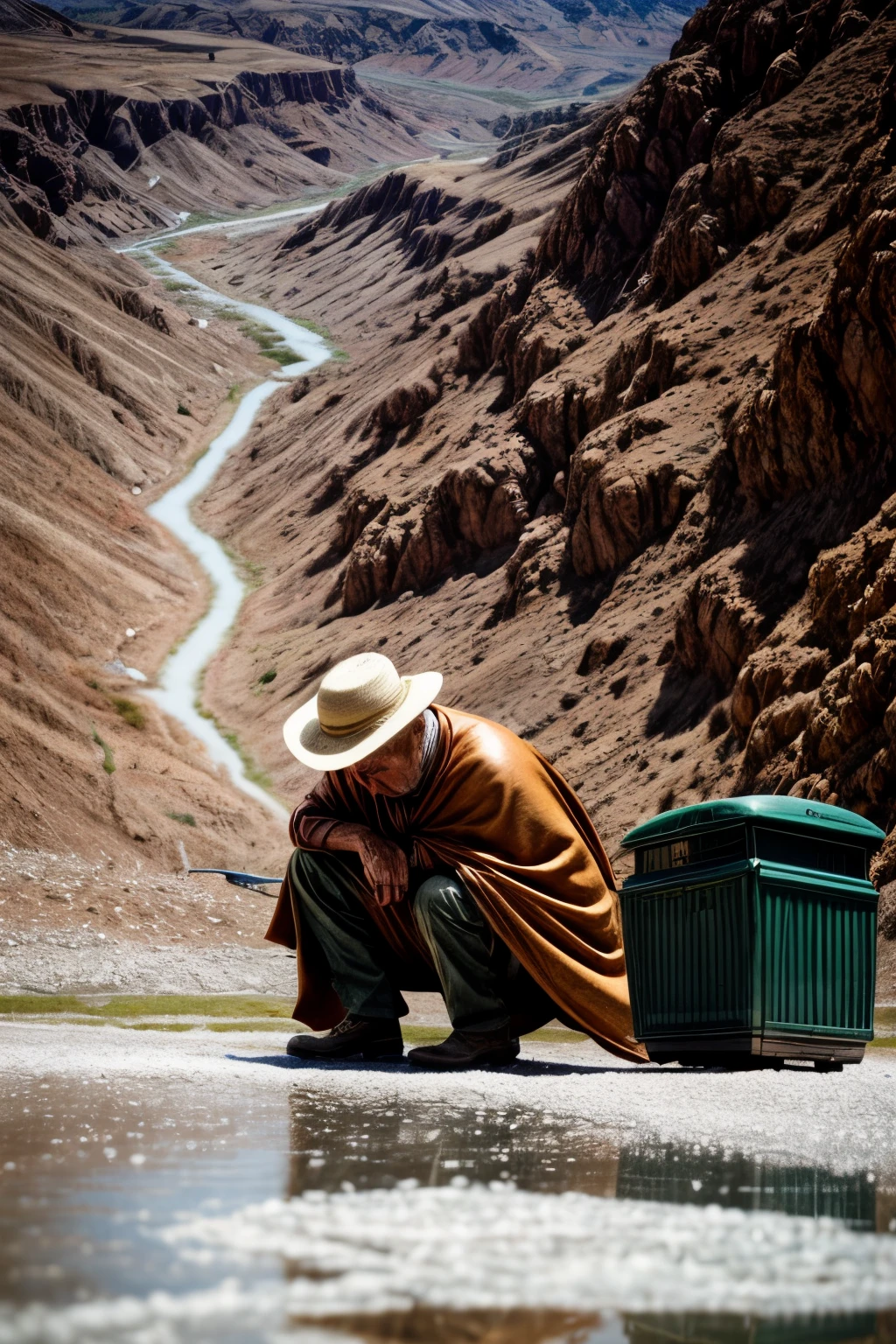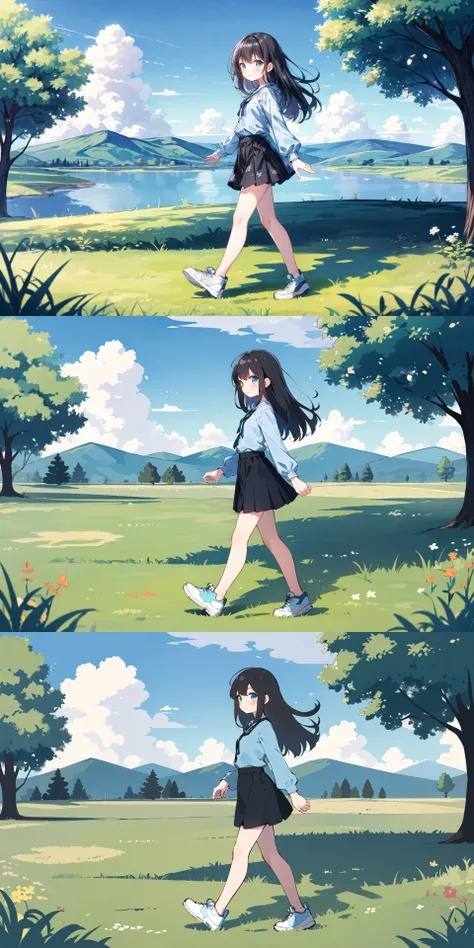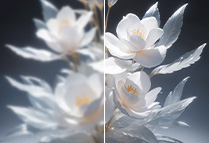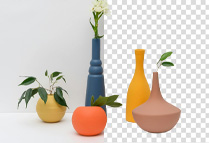Tintin et le Sel des Andes. Map icon: Maras Salt Mines, Cusco Region

Tintin et le Sel des Andes. Map icon: Maras Salt Mines, Cusco Region, Peru. A dramatic comic cover. Tintin, a young boy with a determined expression and slightly windblown brown hair, kneels on the precipice of a vast, terraced salt pond at Maras. He wears a richly textured scarlet wool cape, slightly rumpled, and his posture suggests intense concentration as he sniffs at a chaotic scattering of coarse, vibrant pink salt crystals. The salt ponds are immense, glistening white pools carved into the mountainside, bordered by low, weathered stone walls that create a dizzying, stair-step pattern ascending the slopes. The lighting is harsh midday, casting long, sharp shadows that emphasize the geometric precision of the salt formations. A local salt harvester, an older man with a weathered face and a wide-brimmed woven straw hat, diligently taps brine channels with a long, dark wooden rake. He wears simple, earth-toned clothing. In the foreground, near Tintin’s worn leather satchel – a central element – are detailed props: a tightly coiled hemp rope, a gleaming brass compass, a sharp obsidian flake reflecting the sunlight, a rustic clay drinking vessel, and a folded canvas map prominently stamped “Provincia de Maras.” The overall composition is dynamic, with a strong leading line created by the salt terraces, and a sense of adventure and mystery. The color palette is dominated by the stark contrast of white salt, pink crystals, and deep shadows, with pops of warm earth tones. Art style: Detailed, slightly stylized realism, reminiscent of classic adventure comics. Perspective: Low angle, emphasizing Tintin’s vulnerability and the scale of the landscape. Mood: Suspenseful, adventurous, slightly ominous.
提示词
复制
Tintin et le Sel des Andes. Map icon: Maras Salt Mines, Cusco Region, Peru. A dramatic comic cover. Tintin, a young boy with a determined expression and slightly windblown brown hair, kneels on the precipice of a vast, terraced salt pond at Maras. He wears a richly textured scarlet wool cape, slightly rumpled, and his posture suggests intense concentration as he sniffs at a chaotic scattering of coarse, vibrant pink salt crystals. The salt ponds are immense, glistening white pools carved into the mountainside, bordered by low, weathered stone walls that create a dizzying, stair-step pattern ascending the slopes. The lighting is harsh midday, casting long, sharp shadows that emphasize the geometric precision of the salt formations. A local salt harvester, an older man with a weathered face and a wide-brimmed woven straw hat, diligently taps brine channels with a long, dark wooden rake. He wears simple, earth-toned clothing. In the foreground, near Tintin’s worn leather satchel – a central element – are detailed props: a tightly coiled hemp rope, a gleaming brass compass, a sharp obsidian flake reflecting the sunlight, a rustic clay drinking vessel, and a folded canvas map prominently stamped “Provincia de Maras.” The overall composition is dynamic, with a strong leading line created by the salt terraces, and a sense of adventure and mystery. The color palette is dominated by the stark contrast of white salt, pink crystals, and deep shadows, with pops of warm earth tones. Art style: Detailed, slightly stylized realism, reminiscent of classic adventure comics. Perspective: Low angle, emphasizing Tintin’s vulnerability and the scale of the landscape. Mood: Suspenseful, adventurous, slightly ominous.
信息
模型 & 风格
共 0 条评论
1
0








